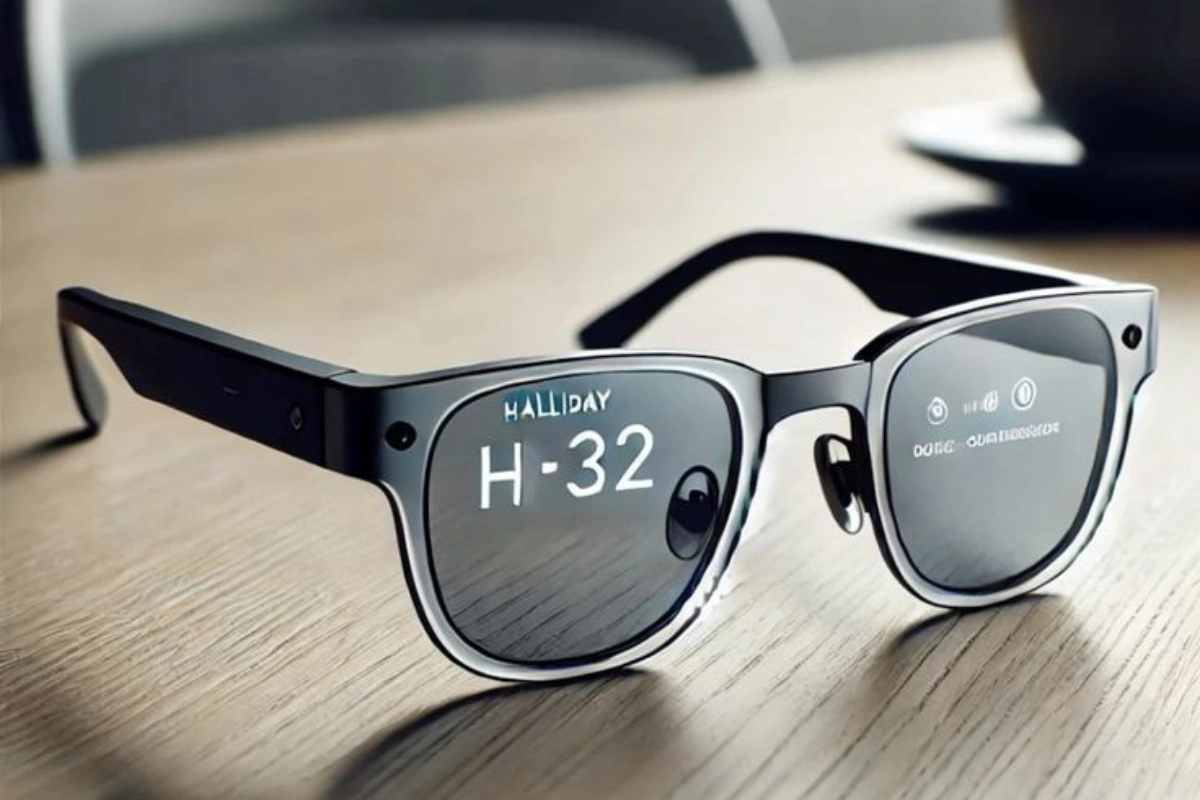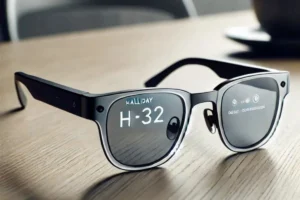
Smart glasses have rapidly moved from futuristic prototypes to mainstream consumer devices, encouraging more buyers to explore them as their next everyday gadget.
With the market expanding to include audio-based models, camera-first designs, and advanced display-enabled versions, understanding personal requirements has become essential before making a purchase.
- Identifying the Right Type of Smart Glasses
The first step for any buyer is to determine which category of smart glasses aligns with their lifestyle.
- Audio-Only Eyewear
These models resemble traditional frames but house speakers in the temples. They offer discreet audio for music, calls, and voice assistants, without displays or cameras. Their lightweight design and longer battery life appeal to users who want hands-free audio without added complexity.
- Camera-Enabled Glasses
Brands such as Ray-Ban Meta continue to popularise camera-equipped models. Built for hands-free photography, video recording, and live-streaming, they suit content creators and travellers. However, privacy concerns persist, with certain venues restricting camera use.
- Display-Based Smart Glasses
These advanced versions project navigation prompts, notifications, or information into the user’s field of vision. While feature-rich, they typically have shorter battery life and are designed for glances rather than extended screen time.
Choosing the right category helps avoid mismatched expectations, such as opting for a display model when only basic audio functions are needed.
- Design, Comfort, and Prescription Support
Comfort remains a crucial factor. Frames exceeding 50–55 grams may cause strain during extended wear, particularly in display models. A natural fit is vital, as bulky temples or uneven weight can be distracting. Prescription lens compatibility also matters, and users should confirm whether their preferred brand supports replacements.
- Battery Life Considerations
Battery performance varies significantly across categories. Audio glasses usually run for four to six hours, while camera-equipped frames drain more quickly during frequent recording. Display-based glasses consume the most power, with most lasting only a few hours under active use.
- Assessing Cameras and Displays
For camera models, resolution, stabilisation, audio clarity, and low-light output determine quality. Users must also remain mindful of privacy norms.
For display models, brightness, clarity, field of view, and colour capability influence usability, especially outdoors.
Smart glasses now offer greater diversity than ever, and understanding these factors ensures buyers make an informed and practical choice.
Also Read: Samsung Appoints New Co-CEO & CTO In Major Leadership Reshuffle
To read more such news, download Bharat Express news apps



















